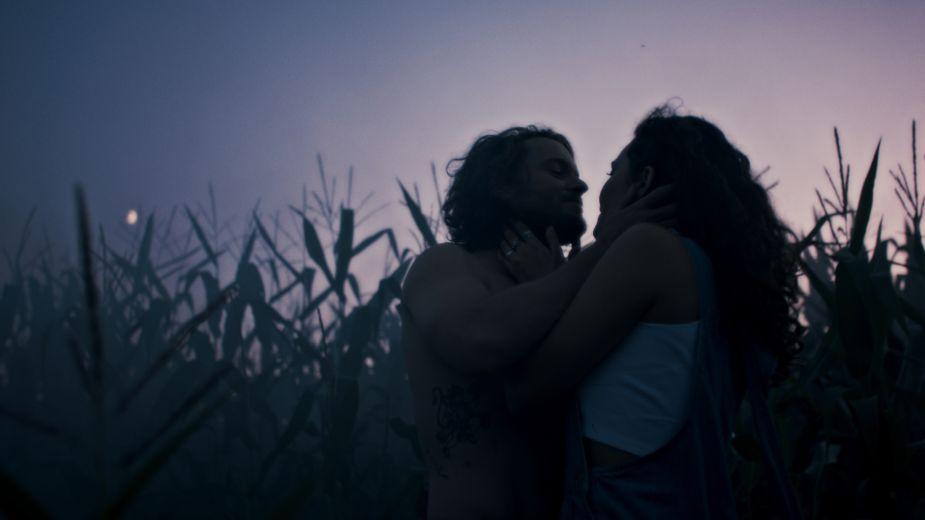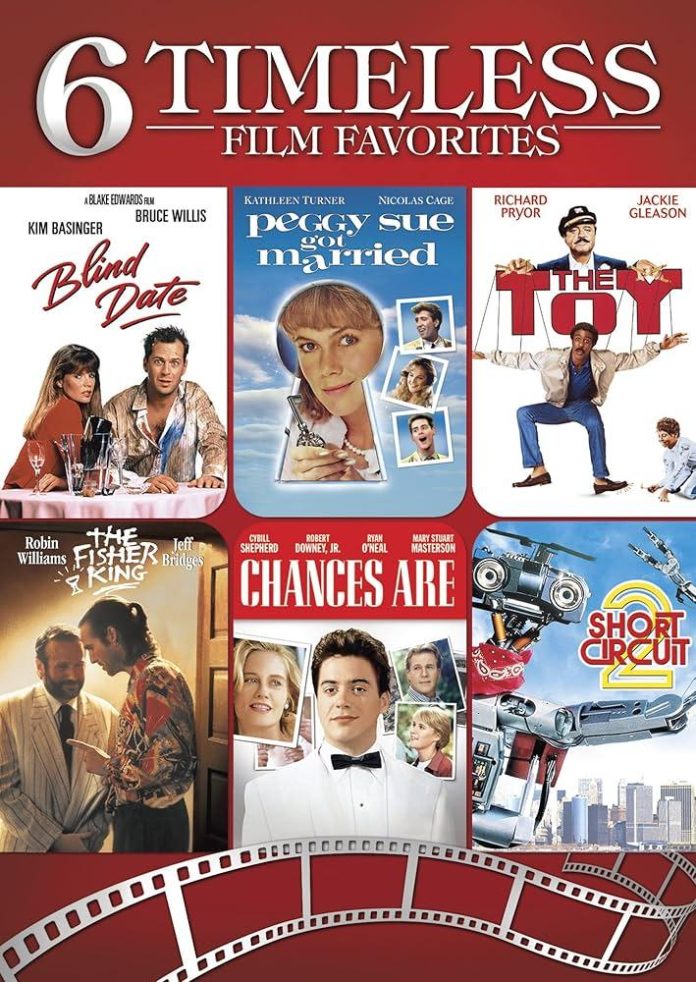In the ever-evolving landscape of cinema, where special effects grow more dazzling and narratives more intricate, there exists a revered collection of films that transcend the fickle whims of time. These timeless masterpieces, crafted with an alchemy of storytelling, artistry, and universal themes, have carved a permanent niche in the annals of film history. As new generations discover the magic of the silver screen, these movies remain steadfast in their appeal, offering fresh insights and unwavering resonance with each viewing. Join us as we journey through the hallowed halls of cinematic greatness, exploring films that have not only defined eras but have also defied them, standing as eternal testaments to the power of storytelling that never fades.
Enduring Classics Exploring Cinematic Masterpieces
In the ever-evolving landscape of cinema, certain films stand as monumental pillars, defying the passage of time with their undying appeal and artistic brilliance. These masterpieces transcend generations, captivating audiences with their profound narratives and unforgettable performances. Among the ranks of these ageless wonders are films that have not only defined genres but have also influenced countless filmmakers. Consider the poignant storytelling of “Casablanca,” which intertwines love and sacrifice against the backdrop of World War II, or the cinematic genius of “Citizen Kane,” whose innovative narrative structure and groundbreaking cinematography continue to inspire directors to this day.
- The Godfather: A powerful exploration of family, loyalty, and power, this film is a cornerstone of the crime genre.
- Gone with the Wind: This epic historical romance captures the tumultuous period of the American Civil War with sweeping grandeur.
- Pulp Fiction: Quentin Tarantino’s masterful interweaving of multiple narratives redefined storytelling and dialogue in modern cinema.
- 12 Angry Men: A gripping courtroom drama that delves deep into the complexities of human nature and justice.
- Lawrence of Arabia: A visually stunning epic that explores the enigmatic life of T.E. Lawrence, set against the vast Arabian desert.
These films, among many others, are more than just entertainment; they are cultural artifacts that continue to resonate, reminding us of the enduring power of storytelling. Whether it’s through their compelling characters, iconic scenes, or the emotional depth they convey, these movies offer a timeless experience that beckons to be revisited time and again.

Iconic Performances Actors Who Defined Generations
Throughout the history of cinema, certain actors have delivered performances that resonate across generations, etching their presence in the hearts of audiences worldwide. These performances are more than just roles; they are benchmarks of excellence and artistry. Marlon Brando in “The Godfather” transformed the character of Don Vito Corleone into an enduring symbol of power and complexity. Audrey Hepburn‘s portrayal of Holly Golightly in “Breakfast at Tiffany’s” captured the quintessence of charm and elegance, setting a standard for sophistication.
- Meryl Streep in “Sophie’s Choice” – A masterclass in emotional depth and nuanced expression.
- Robert De Niro in “Raging Bull” – A raw, unflinching depiction of ambition and self-destruction.
- Vivien Leigh in “Gone with the Wind” – A portrayal of resilience and vulnerability that remains unmatched.
- Heath Ledger as the Joker in “The Dark Knight” – A chilling embodiment of chaos that redefined the superhero genre.
These performances, among others, are not merely acts but transformative experiences that have defined and will continue to define cinematic storytelling for years to come.

Visual Storytelling A Journey Through Timeless Cinematography
In the ever-evolving landscape of cinema, some films transcend the constraints of time, etching their narratives into the collective consciousness with the art of visual storytelling. These masterpieces captivate audiences not just through compelling scripts but through breathtaking cinematography that transforms each frame into a canvas of emotion and meaning. Cinematic legends like Casablanca, with its iconic black-and-white palette, or the vibrant hues of The Wizard of Oz, showcase the power of visuals to elevate storytelling beyond words. Such films offer more than entertainment; they provide a window into the soul of their eras, capturing the zeitgeist with every shot.
- Use of Color: Films like Amélie utilize a rich color palette to evoke specific moods and guide the audience’s emotions seamlessly.
- Lighting Techniques: The chiaroscuro lighting in Citizen Kane not only enhances the drama but also adds depth to the narrative, making it a timeless study in visual storytelling.
- Innovative Camera Angles: Hitchcock’s Vertigo employs unique camera techniques to create a sense of disorientation, immersing viewers into the protagonist’s psyche.
These films, with their unparalleled ability to tell stories through images, have become benchmarks in cinematography, reminding us of the timeless allure of visual storytelling. They stand as testament to the idea that while dialogue can be powerful, sometimes the most profound stories are those told through the lens of a camera.

Ageless Narratives Films with Everlasting Themes
In the ever-evolving world of cinema, certain films transcend the boundaries of time, resonating with audiences across generations. These masterpieces, imbued with profound themes and compelling narratives, continue to captivate viewers with their universal appeal. Whether it’s the exploration of the human condition, the relentless pursuit of dreams, or the intricate tapestry of love and loss, these films offer more than just entertainment—they provide a mirror reflecting our own lives and experiences. As technology and trends shift, these cinematic gems remain steadfast, maintaining their relevance and sparking conversation.
- Eternal Human Stories: Films that delve into the depths of human emotions and relationships, like Casablanca or The Shawshank Redemption, remind us of our shared humanity.
- Societal Reflections: Movies such as 12 Angry Men and To Kill a Mockingbird challenge societal norms and inspire change through their bold narratives.
- Timeless Adventures: Epic tales like The Lord of the Rings and Indiana Jones series transport us to worlds where courage and adventure reign supreme.
These films, with their enduring themes and artistic excellence, stand as cultural touchstones, continuing to engage and inspire audiences worldwide. Their ability to evoke emotion and provoke thought ensures they remain an integral part of cinematic history.




